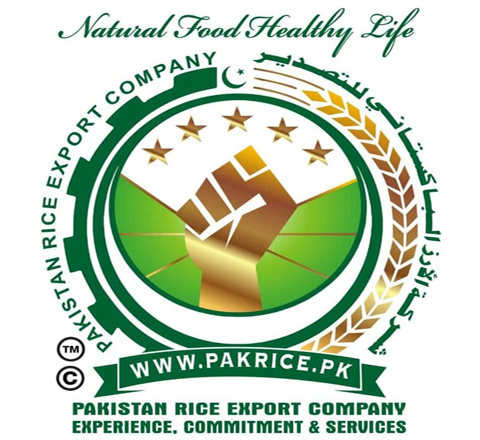Pakistan Rice Export Company
Al Habib Industries
Rice Millers & Traders
-
Suite # 304, Rice Trade Center, Dandia Bazar Karachi Pakistan
-
Whatsapp +92(321) 3826632
-
Mail Us info@pakrice.pk
WHO WE ARE?

We feel pleasure to introduce ourselves as a well-known International rice export Company. We have a stronghold in Domestic as well in Global Market and can supply the commodities with the most competitive price by International Quality Standards.
Pakistan Rice has created a trend and culture of processed quality products.
You’ll be kept up to date on daily basis about the progress of your shipment through pictures and videos by WhatsApp.
Feel free to contact us for any queries about Pakistani rice.
STRATEGY & VISION
The Facility
Rice is stored in high quality godowns which are designed for the necessary fumigation aeration and sampling. The fully equipped laboratory contains a mini mill, Kett whiteness meter and the ability to carryout Aflatoxin testing.
Our Strength
The level of horizontal integration achieved by PREC is almost unique in Pakistan. Experienced staff from the company visit local farmers and distribute high quality approved seed. This lays the foundation of a quality crop.
Vision & Mission
Pakistan Rice Export Company objective is to become a market leader by providing the highest quality products. This is to be achieved by building long term relationships with customers while using innovation and investment in leading-edge technology to work towards providing complete solutions.
Customer Relation
Pakistan Rice Export Company Delivers Top Quality Rice, Well-cleaned, textured, graded and inspected by our highly experienced Quality Assurance
unit to make sure that quality is not compromised at any stage of the process.
Pakistan Rice Export Company Int is proudly supported by its world wide customer base and is growing
everyday by the sheer power of experience it holds. With a promise to deliver only premium quality products,
we offer a host of different quality rice brands and packs ranging from 1kg to 100kg
ABOUT RICE
Rice is one of the most important crops in the world and it provides the main resource of energy for more than half of the world population.
The estimated physical size of the rice genome is about 430 Mb, the smallest among all the cereal crops. It corresponds to one seventh of the human genome whose working draft PREC been established. It is also 3.5 times the size of Arabidopsis.The well-established protocols for relatively high-efficiency genetic transformation, the genetic and physical maps of high density, and the high degree of synteny among genes in cereal genomes, all make rice an ideal model organism for studies on physiology, developmental biology, molecular genetics, evolution, and genomics of plants, especially of the grass family. Essential biological information from the rice genome will undoubtedly improve our understanding of the basic genomics and genetics of other related and economically significant crops, not only wheat, corn, sorghum, and members of the grass family, but also dicot crops such as soybean and cotton.
The initiation of the Human Genome Project (HGP) at the beginning of the l990s and the completion of the human genome working drafts at the beginning of this century have not only laid the ground work for genomics and opened a new era for the life science research, but also have set up an unprecedented example for genomics studies on many other organisms. HGP has developed strategies, technologies, definitions and standards for different stages of sequence assembly and analysis such as “working draft”, “draft sequences” and “complete map”, which are broadly applicable to other organisms.
Inspired by the Human Genome Project, the International Rice Genome Project Consortium, headed by Japan, has released 174.4 Mb of BAC/PAC-based non-redundant sequences since 1997, including the complete sequence of a single chromosome (Chr. 1). Monsanto and Syngenta, two private companies, have announced the establishment of a “working draft”, independently, in April of 2000 and February of 2001, respectively, but neither has made their sequence data completely available to the public. All of the three projects mentioned above have used subspecies japanica (Nipponbare) as target materials, in spite of the fact that another subspecies, indica, is dominantly planted in Asia and other regions in the world, and has provided the unique template for the unique hybrid rice strain that has greatly contributed to solving the food supply problem in China.
Beijing Genomics Institute (BGI), the major genome sequencing center in China, has been carrying out the Superhybrid Rice Genome Project (SRGP) with full efforts to understand genome biology of the rice. In BGI-RIS, we report the latest progress in the assembly and annotation of the rice genome of 93-11, a cultivar of Oryza sativa ssp. indica and the major food crop in China, and present the sequenced genomes and related information in systematic and graphical ways, which further lay the foundation for the in-depth comparative studies between rice subspecie